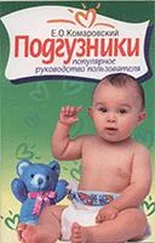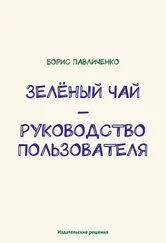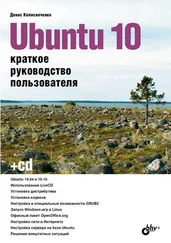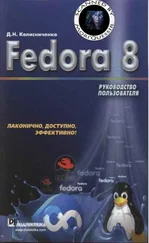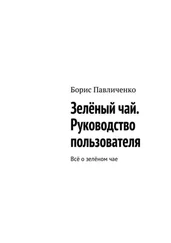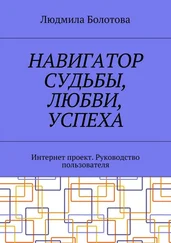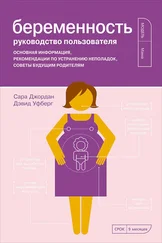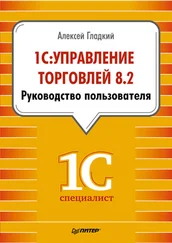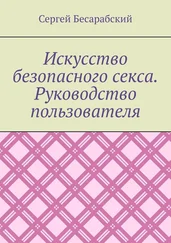M. Jang et al., “Cancer Chemopreventive Activity of Resveratrol, a Natural Product Derived from Grapes,” Science 275, no. 5297 (1997): 218–220.
S. Chen et al., “Suppression of Breast Cancer Cell Growth with Grape Juice,” Pharmaceutical Biology 36, no. 1 (1998): 53–61.
R. Baan et al., “Carcinogenicity of Alcoholic Beverages,” The Lancet Oncology 8, no. 4 (2007): 292.
T. A. Hastert et al., “Adherence to WCRF/AICR Cancer Prevention Recommendations and Risk of Postmenopausal Breast Cancer,” Cancer Epidemiology and Prevention Biomarkers 22, no. 9 (September 2013): 1498–1508.
S. Takayama et al., “Long-term Feeding of Sodium Saccharin to Nonhuman Primates: Implications for Urinary Tract Cancer,” Journal of the National Cancer Institute 90, no. 1 (1998): 19–25; O. M. Jensen and C. Kamby, “Intra‐uterine Exposure to Saccharine and Risk of Bladder Cancer in Man,” International Journal of Cancer 29, no. 5 (1982): 507–509; H. A. Risch et al., “Dietary Factors and the Incidence of Cancer of the Urinary Bladder,” American Journal of Epidemiology 127, no. 6 (1988): 1179–1191.
S. R. Sturgeon et al., “Associations between Bladder Cancer Risk Factors and Tumor Stage and Grade at Diagnosis,” Epidemiology 5, no. 2 (March 1994): 218–225.
M. B. Azad et al., “Nonnutritive Sweeteners and Cardiometabolic Health: A Systematic Review and Meta-analysis of Randomized Controlled Trials and Prospective Cohort Studies,” Canadian Medical Association Journal 189, no. 28 (July 2017): e929–e939; S. E. Swithers, “Artificial Sweeteners Produce the Counterintuitive Effect of Inducing Metabolic Derangements,” Trends in Endocrinology and Metabolism 24, no. 9 (2013): 431–441; J. A. Nettleton et al., “Diet Soda Intake and Risk of Incident Metabolic Syndrome and Type 2 Diabetes in the Multi-Ethnic Study of Atherosclerosis (MESA),” Diabetes Care 32, no. 4 (2009): 688–694; S. S. Schiffman and K. I. Rother, “Sucralose, a Synthetic Organochlorine Sweetener: Overview of Biological Issues,” Journal of Toxicology and Environmental Health, Part B 16, no. 7 (2013): 399–451.
R. Mattes, “Effects of Aspartame and Sucrose on Hunger and Energy Intake in Humans,” Physiology and Behavior 47, no. 6 (1990): 1037–1044.
Q. Yang, “Gain Weight by ‘Going Diet?’ Artificial Sweeteners and the Neurobiology of Sugar Cravings: Neuroscience 2010,” Yale Journal of Biology and Medicine 83, no. 2 (2010): 101.
Joint FAO/WHO Expert Committee on Food Additives, “Evaluation of Certain Food Additives,” World Health Organization Technical Report Series 952 (2009): 1–208.
G. J. M. den Hartog et al., “Erythritol Is a Sweet Antioxidant,” Nutrition 26, no. 4 (2010): 449–458.
N. M. Avena, P. Rada, and B. G. Hoebel, “Evidence for Sugar Addiction: Behavioral and Neurochemical Effects of Intermittent, Excessive Sugar Intake,” Neuroscience and Biobehavioral Reviews 32, no. 1 (2008): 20–39.
D. G. Liem and C. de Graaf, “Sweet and Sour Preferences in Young Children and Adults: Role of Repeated Exposure,” Physiology and Behavior 83, no. 3 (December 2004): 421–429.
S. Thongprakaisang et al., “Glyphosate Induces Human Breast Cancer Cells Growth via Estrogen Receptors,” Food and Chemical Toxicology 59 (2013): 129–136.
K. E. Bradbury et al., “Organic Food Consumption and the Incidence of Cancer in a Large Prospective Study of Women in the United Kingdom,” British Journal of Cancer 110, no. 9 (2014): 2321.
C. Smith-Spangler et al., “Are Organic Foods Safer or Healthier than Conventional Alternatives? A Systematic Review,” Annals of Internal Medicine 157, no. 5 (2012): 348–366.
B. P. Baker et al., “Pesticide Residues in Conventional, Integrated Pest Management (IPM)-grown and Organic Foods: Insights from Three US Data Sets,” Food Additives and Contaminants 19, no. 5 (2002): 427–446.
Agricultural Marketing Service, “The National List,” United States Department of Agriculture, обновлено 21 декабря 2017 года, https://www.ams.usda.gov/rules-regulations/organic/national-list.
W. J. Krol et al., “Reduction of Pesticide Residues on Produce by Rinsing,” Journal of Agricultural and Food Chemistry 48, no. 10 (2000): 4666–4670.
Z. Y. Zhang, X. J. Liu, and X. Y. Hong, “Effects of Home Preparation on Pesticide Residues in Cabbage,” Food Control 18, no. 12 (2007): 1484–1487.
G. Perelló et al., “Concentrations of Polybrominated Diphenyl Ethers, Hexachlorobenzene and Polycyclic Aromatic Hydrocarbons in Various Foodstuffs before and after Cooking,” Food and Chemical Toxicology 47, no. 4 (2009): 709–715.
U. Bajwa and K. S. Sandhu, “Effect of Handling and Processing on Pesticide Residues in Food: A Review,” Journal of Food Science and Technology 51, no. 2 (2014): 201–220.
P. Chandon and B. Wansink, “The Biasing Health Halos of Fast-Food Restaurant Health Claims: Lower Calorie Estimates and Higher Side-Dish Consumption Intentions,” J ournal of Consumer Research 34, no. 3 (2007): 301–314.
“Distinction Between Genetic Engineering and Conventional Plant Breeding Becoming Less Clear, Says New Report on GE Crops,” The National Academies of Sciences, Engineering, and Medicine, May 17, 2016, http://www8.nationalacademies.org/onpinews/newsitem.aspx?RecordID=23395.
United States Department of Agriculture, “Pesticide Data Program Annual Summary, Calendar Year 2011,” https://www.ams.usda.gov/sites/default/files/media/2011%20PDP%20Annual%20Summary.pdf; E. Reverchon et al., “Hexane Elimination from Soybean Oil by Continuous Packed Tower Processing with Supercritical CO 2,” Journal of the American Oil Chemists’ Society 77, no. 1 (2000): 9–14.
M. H. Carlsen et al., “The Total Antioxidant Content of More than 3100 Foods, Beverages, Spices, Herbs and Supplements Used Worldwide,” Nutrition Journal 9, no. 1 (2010): 3.
Superfoodly.com, “ORAC Values: Antioxidant Values of Foods and Beverages,” https://www.superfoodly.com/orac-values. Глава пятая. Не только еда: что еще делать
G. N. Hortobagyi et al., “The Global Breast Cancer Burden: Variations in Epidemiology and Survival,” Clinical Breast Cancer 6, no. 5 (2005): 391–401.
J. Ferlay et al., “Cancer Incidence and Mortality Worldwide: Sources, Methods and Major Patterns in GLOBOCAN 2012,” International Journal of Cancer 136, no. 5 (March 2015): E359–E386.
K. Katanoda and D. Qiu, “Comparison of Time Trends in Female Breast Cancer Incidence (1973–1997) in East Asia, Europe and USA, from Cancer Incidence in Five Continents, Vols IV–VIII,” Japanese Journal of Clinical Oncology 37, no. 8 (August 2007): 638–639, https://doi.org/10.1093/jjco/hym122.
Читать дальше
![Кристи Фанк Грудь. Руководство пользователя [litres] обложка книги](/books/392018/kristi-fank-grud-rukovodstvo-polzovatelya-litre-cover.webp)

